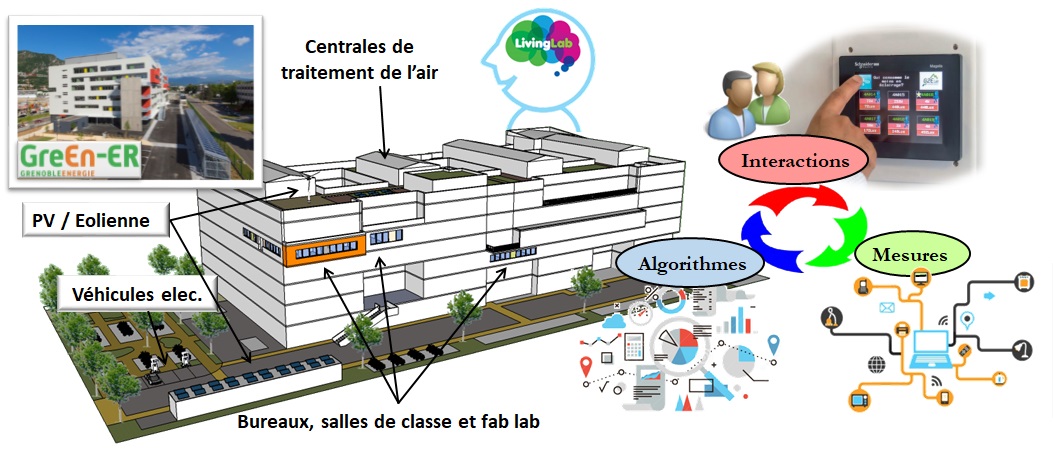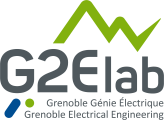PREDIS is an innovation and training centre on distributed energy. More precisely, it is a demonstration tool on intelligent energy management representing a physical energy network as close as possible to real networks, allowing different modes of decentralised energy production to be linked to different uses through an expert supervision system.
PREDIS is located on the GreEn-ER site on 2000 m2 of premises located in the buildings of the Grenoble-INP/Ense3 group's school of engineering on energy, water and the environment.).
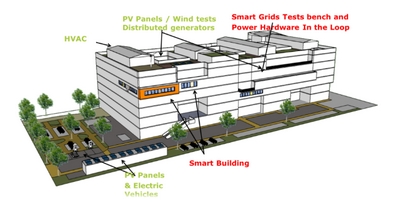
The PREDIS centre is the result of a joint initiative by the ENSE3 school (school of energy, water and the environment) and G2Elab, and brings together a set of technological platforms centred on the production, distribution and uses of energy.
Created with a triple focus on training, research and development, the PREDIS centre brings together a large part of the G2Elab's experimental resources with platforms for materials, microsystems, characterisation, simulation, power electronics and microelectrical networks. PREDIS is at the heart of major regional and national projects: the renewable energy cluster, the Carnot Institute "Energies of the Future" and the Tenerrdis competitiveness cluster.
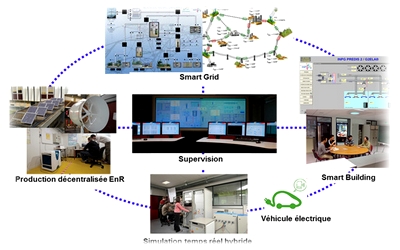
The resources of the PREDIS centre
The demonstrators implemented in the Prédis centre are divided into three structuring themes :
Decentralised energy production
The Prédis centre currently has a representative and non-selective panel of distributed energy sources :
- The fuel cell demonstrator is based on a commercial fuel cell, type MOBIXANE, with a power of 2.5 kW manufactured by the company AXANE (subsidiary AIR-LIQUIDE). This fuel cell, designed for outdoor use, is installed in a dedicated room: controlled ventilation, hydrogen detectors, safety chain, etc. It can be used autonomously, as a source of energy production on its own, or it can be connected to the EDF network or to the local Prédis network, via a synchronisable inverter.
- Two sets of 10 photovoltaic panels with a power of 3kWp have been installed on two different sites. They are either connected to the EDF grid or coupled to batteries for storage.
- The cogeneration plant based on a micro gas turbine, installed in a boiler room, provides an electrical power of 30 kW and a recoverable thermal power of 60 kW. Like the other sources, the micro turbine can operate in stand-alone mode or be coupled to the EDF network or the local Prédis network.
- The hybrid real time simulator available in Prédis is a hybrid system allowing on an external physical system an emulation function of different types of primary energy sources (wind field, tidal turbine, photovoltaic panels, micro-turbine,..)
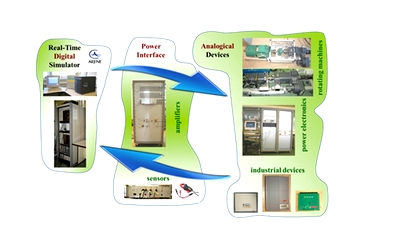
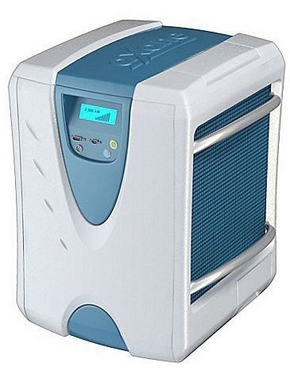
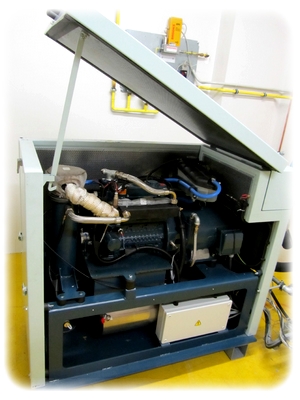
The energy networks of the future
The aim here is to tackle the problems of the networks of the future by providing the means of both a physical network to highlight the technical and technological obstacles in the fields of power electronics and control/command and a digital network to understand highly complex network situations.
- The hybrid real-time simulator allows several functionalities to be used simultaneously or separately. In particular, it offers a real-time digital simulation function that supports different network models or network components and drives a power interface for connection to an external physical system such as a converter. A test function for physical and/or industrial control systems is also possible.
- The Prédis centre has a local industrial network representing the behaviour of a real industrial network with a nominal power of about 200 kVA on a 1/10th scale
- The distribution network is one of the 6 networks that will eventually be installed in the Prédis platform. It is currently being built as part of the European INTEGRAL project. The objective is to be able to represent on a 1/1000 scale the behaviour of a real distribution network composed of three distinct source stations and three 30 MW equivalent consumption zones with distinct zones (rural in the South, urban in the North and semi-urban in the West) as well as equivalent production units of the order of 27.25 MW (the 30 MW equivalent gas turbine can also be connected as a substitute for the EDF source)
- The control and supervision system installed in Prédis (SCADA = Supervisory Control And Data Acquisition) is the PCVue system developed by Arc Informatique. It ensures the operation, control and regulation of the various energy production sources and loads currently in PREDIS.
- An intelligent source station to address issues related to interoperable systems. It is specifically dedicated to studies on standards such as (IEC 61850, CIM...)
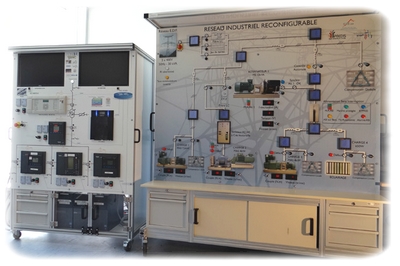
The uses of energy
PREDIS MHI, Monitoring and Intelligent Housing, is an experimental platform of the "living lab" type of 600 m² within the GreEn-ER low energy building. It is dedicated to the study of energy use in buildings, in interaction with the occupants and the energy networks. The research targets are :
- Design, optimisation and modelling of complex energy systems
- Energy management (data processing, modelling, optimisation)
- Study of users in their system (comfort/energy indicators, energy awareness/education, user/building adequacy).
- Integrating the human actor into the scientific process (Human In the Loop: HIL)
The long-term objective is to study the use of energy at the city level by also integrating the theme of mobility.
In addition to being a tool for research, this platform ensures the transfer to teaching and industrial development.
Available equipment :
- Building energy systems: air treatment plant, heating on heating network, cooling unit, PV production, micro co-generation, lighting, controlled plugs, solar protections, electric vehicles (V2H), stationary storage...
- Connected building: wireless sensor networks, connected objects, ambient intelligence.
- Building management: measurements, acquisition, communications, PLCs, supervision, diagnostics.
- Open Data : web service API for data access (http://mhi-srv.g2elab.grenoble-inp.fr/API/)
- Human-machine interaction: touch screen in each office, dedicated application on workstations, smartphone application, giant tacile screen, awareness display for the general public, etc...
- The living lab is also a place of creation, with, for example, projects on communicating and energy autonomous systems (installed on the roof: connected beehives and connected aquaponics greenhouse)
